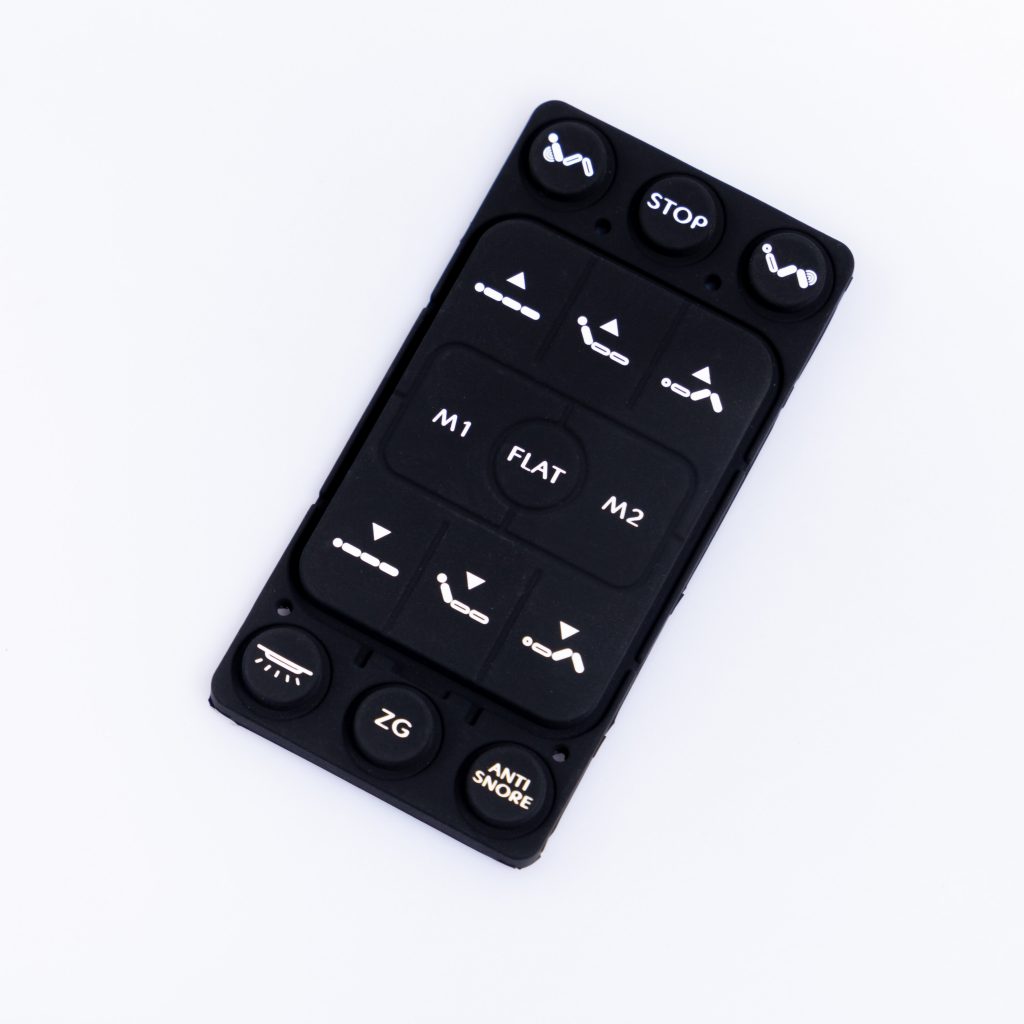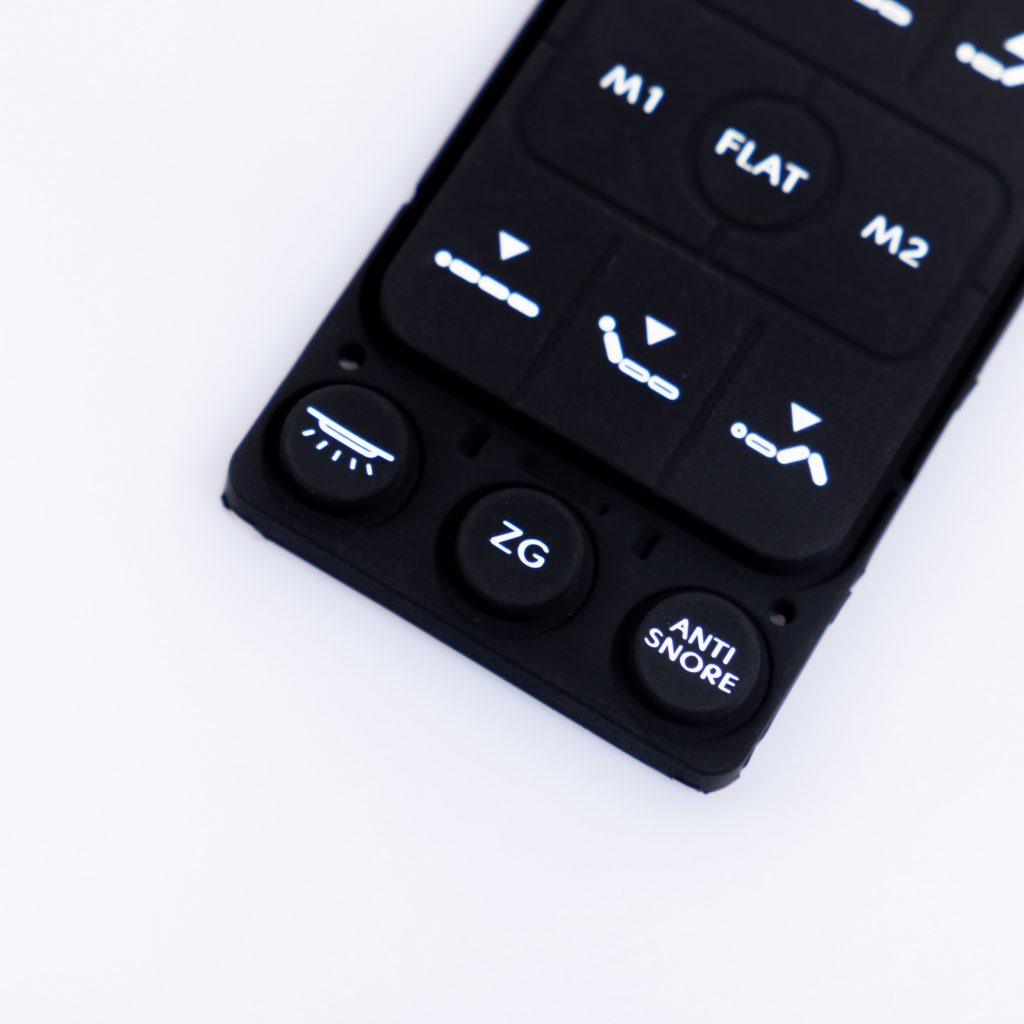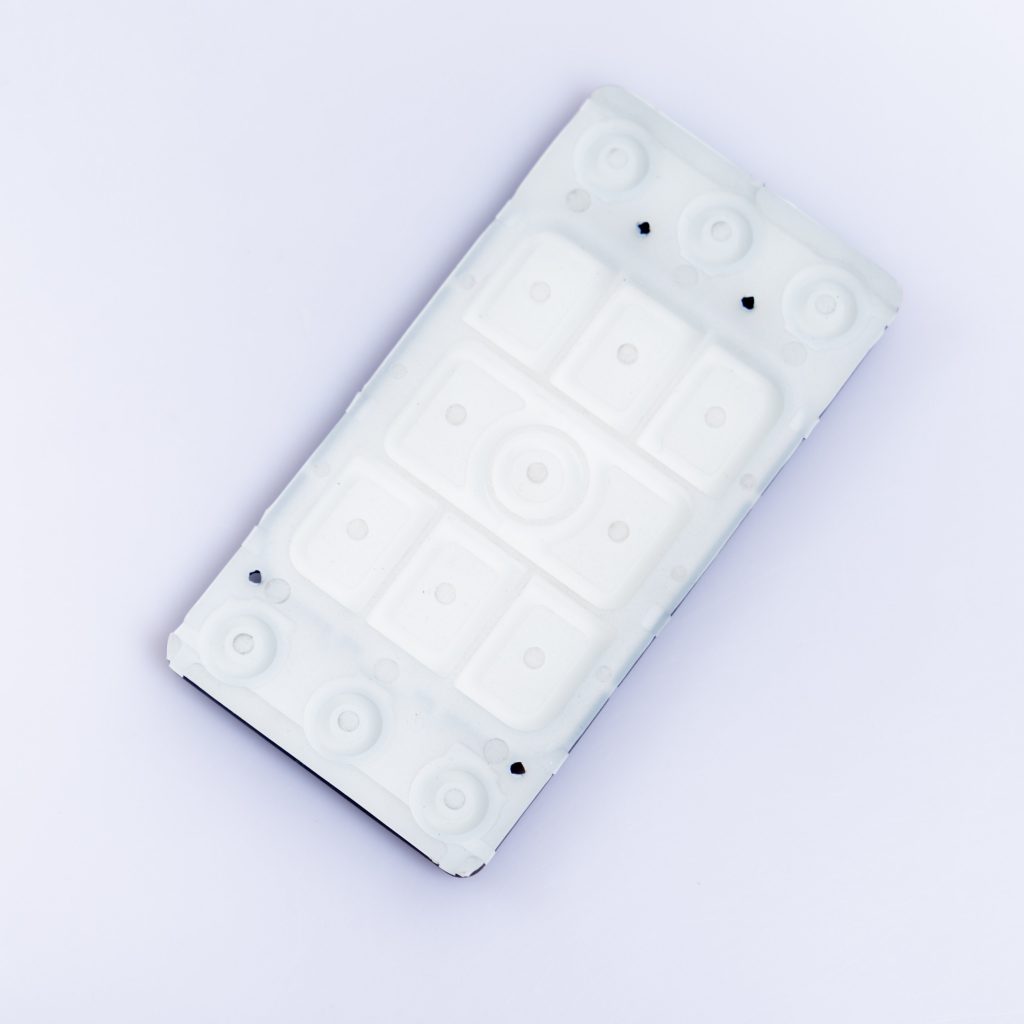Contact
Write to Us And We Would Be Happy to Advise You.
Do you have any questions, or would you like to speak directly with a representative?
By hqt
Rubber keypads are widely used in various electronic devices, providing a tactile and responsive interface for users. The design and drawing process of rubber keypads require precision and expertise to ensure optimal functionality and user experience. In this article, we will explore how Niceone approaches the design drawing of rubber keypads, highlighting their methodology, tools, and considerations.



Designing a rubber keypad involves several stages, each crucial in achieving a high-quality end product. Niceone follows a meticulous process that encompasses design conceptualization, detailed drawing, prototyping, and validation. Let’s delve into each step to understand how Niceone achieves exceptional results.
Niceone starts the design process by thoroughly understanding the client’s requirements and desired functionalities. They collaborate closely with the client to gather insights, ensuring a clear understanding of the project goals. This stage involves brainstorming ideas, exploring different concepts, and considering factors such as button layout, texture, and ergonomics.
Once the initial design concept takes shape, Niceone creates sketches and rough drawings to visualize the keypad’s structure and layout. These sketches serve as the foundation for further development.
With the initial design approved, Niceone proceeds to create detailed drawings and specifications. This stage involves the use of specialized software and tools to refine the design, considering factors like material properties, button sizes, and placement. Niceone’s experienced designers meticulously craft these drawings, ensuring precision and attention to detail.
The detailed drawings serve as a guide for the subsequent manufacturing process. They specify dimensions, tolerances, materials, and any custom features required for the rubber keypad. Niceone focuses on accuracy to guarantee the final product aligns with the client’s vision.
Prototyping plays a vital role in the design drawing process at Niceone. They utilize advanced prototyping techniques to transform the drawings into physical samples for evaluation and testing. This stage allows for hands-on assessment of the design’s functionality, ergonomics, and overall user experience.
Niceone leverages their expertise in rapid prototyping, employing techniques such as 3D printing and silicone molding. These methods facilitate quick iterations and adjustments to the design, enabling precise refinements based on user feedback and requirements.
Once the prototype is ready, Niceone conducts rigorous testing and validation procedures. This phase ensures that the design meets the required standards and performs optimally in real-world scenarios. Niceone utilizes specialized testing equipment and techniques to evaluate factors like button actuation force, tactile feedback, and durability.
Through this validation process, Niceone identifies any potential issues or areas for improvement. They collaborate closely with the client to address concerns and make necessary adjustments before proceeding to mass production.
Niceone employs a combination of precise design calculations and material selection to ensure optimal button responsiveness. They consider factors such as button geometry, silicone durometer, and conductive pill placement to achieve the desired tactile feedback and actuation force.
Absolutely! Niceone specializes in providing custom solutions for rubber keypads. They have the expertise to accommodate various design requirements, including custom shapes, embossed graphics, and specific button layouts.
The duration of the design drawing process depends on the complexity of the project and the level of customization required. Niceone works closely with clients to establish realistic timelines, ensuring efficient progress while maintaining design integrity.
Yes, Niceone is committed to environmentally friendly practices. They consider eco-friendly materials, such as silicone, and adhere to industry standards for waste reduction and recycling. Niceone’s design process aims to minimize environmental impact without compromising product quality.
Certainly! Niceone’s experienced design team can provide valuable insights and recommendations to optimize the design drawing of rubber keypads. They leverage their expertise to enhance functionality, manufacturability, and user experience, helping clients achieve the best possible outcome.
Niceone places great emphasis on maintaining client confidentiality. They have robust measures in place to safeguard intellectual property and ensure the security of design drawings. Non-disclosure agreements (NDAs) are commonly established to protect the client’s interests throughout the entire design process.
Niceone exemplifies excellence in the design drawing of rubber keypads, employing a meticulous and comprehensive approach. From conceptualization to prototyping and validation, they prioritize precision, functionality, and client satisfaction. By partnering with Niceone, clients can expect exceptional design drawings that translate into high-quality rubber keypads tailored to their specific needs.
Do you have any questions, or would you like to speak directly with a representative?